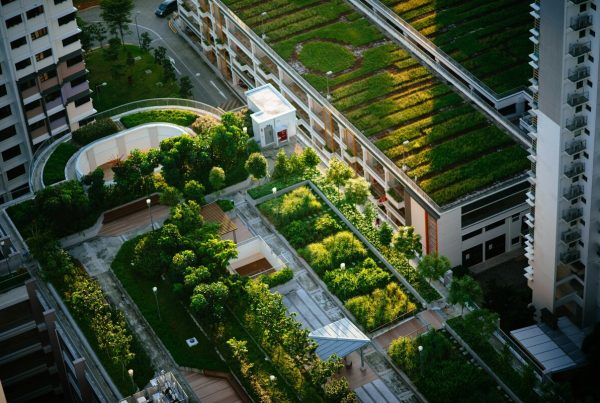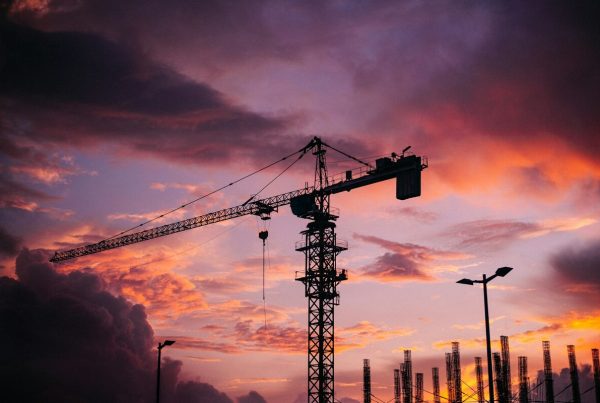For Bill Gates, Waste is Truly a Terrible Thing to Waste
The Internet was abuzz earlier this month with news of Bill Gates drinking water freshly filtered from a sewage plant. The image of the multi-billionaire holding a glass of clean water that was once made of sludge from human waste is indeed a compelling one, but it’s no mere stunt.

Thirst-quenching. Bill Gates confidently takes a sip of freshly filtered water from his OmniProcessor sewage plant. (Image from Wired.com)
His philanthropic foundation is behind the new reinvented sewage treatment plant, called the OmniProcessor. A self-powering machine, the OmniProcessor can turn sewer sludge into clean potable water, but with the added bonus of generating electricity through high-pressure steam, as well as creating pathogen-free ash as fertilizers. In contrast, traditional plants use electricity from the grid. The OmniProcessor addresses severe sanitation issues in many developing countries, particularly improper disposal of human waste.
via Forbes
Hyperloop’s Test Track is Underway
The reality of the Hyperloop is almost at hand. Almost two years after visionary entrepreneur Elon Musk publicized the design for his revolutionary high-speed transport system, plans are now underway for building a test track in Texas.
California-based startup JumpStartFund will be working on the Hyperloop’s development. About a hundred engineers from all over the US as well as a select group of 25 students from the UCLA’s graduate architecture program will be contributing their efforts and expertise in the project.
via Wired
Unlikely Building Material: Salt
Iran-based architecture firm Emtiaz Designing Group unveiled a unique restaurant in Shiraz—a restaurant made out of salt, inspired by natural salt caves in the region. As such, salt figures prominently in the aptly named Salt Restaurant of Shiraz. Salt covers the façade, walls, pillars, ceilings, stairs, and even the chairs and tables.
The restaurant is being touted eco-friendly because of recycled materials such as aluminum cans. More importantly, salt has a natural ability to disinfect the air and release air-purifying ions, perfect for curbing city pollution.
via OddStuffMagazine
Hydrophobic Metal Made Possible by Laser Blasts
Researchers at the University of Rochester in New York have successfully turned metal into hydrophobic surfaces using short-pulses high-intensity bursts of laser. The laser-induced hydrophobic characteristic becomes an intrinsic quality of the metal, not just a coating that can degrade over time like Teflon cookware.
Beyond the kitchen, this can have useful applications such as for cars, ships, airplanes (where rusting, ice formation, water friction can be issues), as well as improving sanitation in the developing world. The new tech, however, isn’t likely to arrive anytime soon because of the very intensive energy demands of the process—as much energy as the entire power grid of North America.
via PopSci
Green Living is Small and Simple
Treehugger’s Lloyd Alter makes the case for a green lifestyle through minimalist living, with the help of a Volkswagen ad-inspired slideshow.
From graphs that correlate show carbon footprint vis-à-vis size of home, to the rampant construction interstate highway systems that encouraged our dependence on cars, to a Western culture that supersized everything from cars to supermarket carts to food portions to our fridges, to why the tiny house movement can be a game-changer and yet also misguided—it’s all here.
via Treehugger
Congested Megacities
Photographer Marcus Lyon captures the breadth and width of the prominent megacities of the world. In his series of photo books titled BRICs, Exodus, and Timeout, he stitches various aerial photographs in a bewildering, overwhelming immense mosaic.
The stark deliberately-processed images says a lot about humans’ extensive influence in changing the face of the planet, our shameless consumerism and quest for bigger things, the claustrophobic feeling of congestion, the disparity between rich and poor, and how easy it is to get lost and lonely in the vast concrete jungle of our own making.
via Wired
2015 Is International Year of Soils
Unbeknownst to many (this writer included), there is such a thing as International Year of Soils, which happens this year. What soil, you ask? The very soil that’s right under our feet. Soil is crucial to our lives not just for the simple fact that we grow our crops there, but also because the quality of the soil intersects with the planet’s biodiversity, water, energy, and climate.
However, indiscriminate use of synthetic fertilizers and monocropping (planting just one variety of crops all the time) have depleted the soil of nutrients, affecting crops, and ultimately the food we eat. Moreover, we do not take available opportunities for making new soil—through simple composting of our waste—relying instead on landfills, which only leach poison into soil. Urban sprawl is also claiming our soil, sealing them under concrete. Soil is inevitably tied to our lives, but more often we take it for granted. Learn more about it here.













